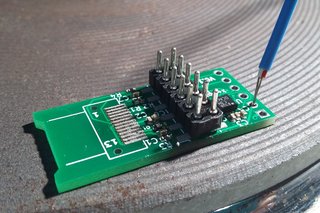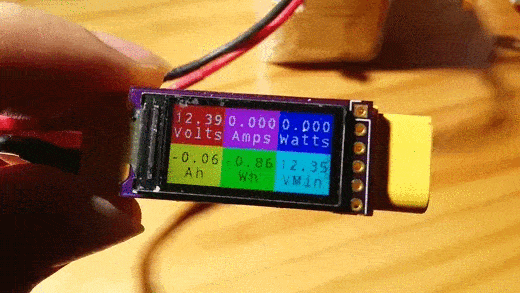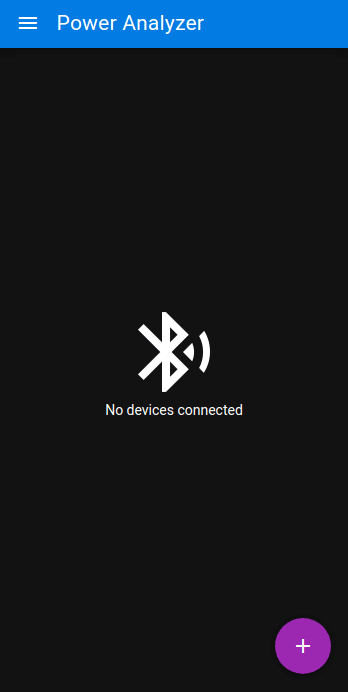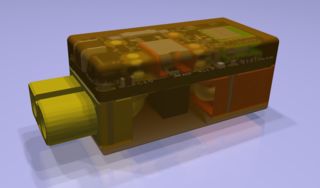More updates. I've been working on reducing the BOM cost recently. My original BOM for the base module was around $25 NZD. I have now reduced it to a little over $7 NZD. I even managed to design a version that was only $3 NZD with lower resolution and accuracy (probably similar to turnigy/watts up meters) and no connecters but retaining most of the features including bluetooth and bidirectional measurement.
Most of the cost reduction was from replacing the certified RF module with a discrete nRF52 MCU. I realised that I would probably need to have a custom designed antenna to get the range I'm after and this allows me to look into encapsulation as well. With the additional FCC requirements in RF testing for products using pre-certified modules introduced last year, the savings of using a pre certified module are not as high as they used to be anyway. I am thinking of engaging an RF consulting company to help with the antenna design as my device is not exactly optimal in terms of RF especially with the metal backed display sitting opposite from the main board.
Other cost savings came from finding Chinese or Taiwanese replacements for some of the expensive components. I managed to find an almost identical 4 terminal shunt resistor for a fraction of the price of the equivalent part from Vishay, Bourns or KOA. I also found an LDO which I'm thinking of using instead of the Microchip one. It should have a slightly lower quiescent current draw and works down to 3V as opposed to 6V. The downside is that it only supports up to 80V instead of 120V. This is just under the 85V needed for 20S 72V lithium batteries. I am still looking at ways to increase the voltage capability or allow for powering the device externally to support higher (and lower) voltages.
It is very difficult to find Chinese or Taiwanese parts especially without being able to read the language. Most of these parts are not in English language databases and even LCSC mostly has missing or unreliable data for the parts in their catalog. The manufacturer websites are slow and hard to navigate, have missing information in English and are often unresponsive to emails. Many of the interesting parts I've found are from Chinese teardowns of commercial products.
I discovered
Low Pressure Molding technology which looks awesome. It's basically the type of encapsulation I was envisioning when I first designed this device. It has cycle times of around 45 seconds which is high compared to injection molding but much lower than potting. I'm currently investigating the feasibility of this in regards to cost, RF issues, shunt temperature, display readability and sealing of connectors.
Another interesting development is the preview release of the INA228-Q1 current and voltage monitor. This is pin compatible with the INA226 I'm currently using but has much better specs in some areas. Some features are 20 bit vs 16 bit resolution, much lower shunt voltage offset, switchable shunt voltage gain, accurate temp sensor, internal charge and energy accumulation and 85V high side capability. I've decided not to use it for this device as I don't think the features will be worth the extra cost for most people. It could be available as an option for additional cost though.













